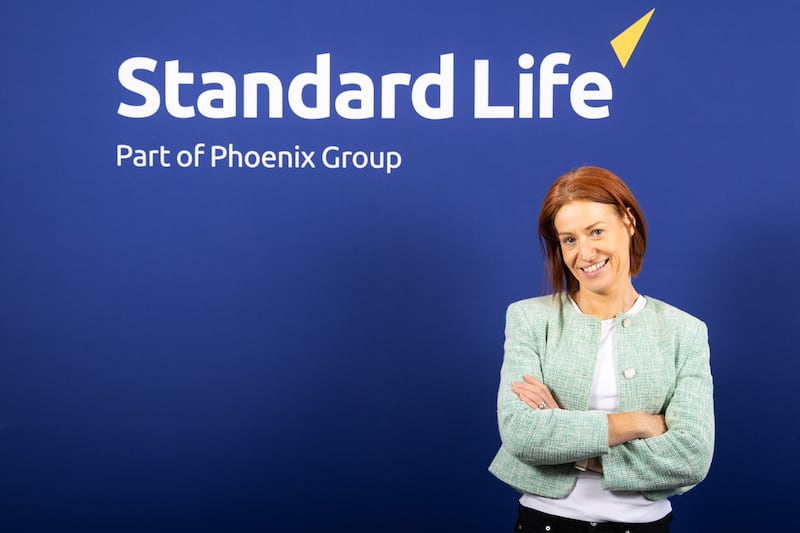On retirement from a private pension arrangement, you will have a sometimes confusing number of options available to you, and managing your money at this crucial juncture is not a decision to be taken lightly. The Pensions Authority warns that decisions you take at this point will have a significant bearing on your financial security and that of your dependants; so careful research and good financial advice is essential before you choose which path to go down.
The Pensions Authority sets out all the various options open to you at retirement, which include taking a tax-free lump sum, subject to limits set by Revenue; receiving a pension (sometimes provided by an annuity); transferring some or all of your retirement savings to an approved retirement fund (ARF); taking a taxable lump sum and providing for dependants. Both the Pensions Authority website and Revenue’s (for information on tax reliefs) are good places to start informing yourself before talking through your options with your adviser.
Sinéad McEvoy, head of retirement solutions at Standard Life, says a good financial adviser will “help the customer identify which options are best for them by assessing their appetite for risk, their personal circumstances and goals for their second life”. Be ready to question what the pros and cons of each are in relation to your lifestyle, goals, dependants and any other income streams.

Members of defined contribution schemes and holders of personal pension plans generally waver between two options on retirement – they can invest their money in an ARF, an investment fund which generates income, or an annuity – an insurance product which guarantees an income for the individual’s lifetime. And if you just can’t choose, it may be that a blend of the two will offer the best solution for your needs.
READ MORE
However, McEvoy notes that another option has now appeared on the horizon.
“Earlier this year, legislative updates enacted through the Finance Act 2023 opened the personal retirement savings account [PRSA] up to become a whole-of-life product. Rather than having to transfer retirement savings from a PRSA to an annuity or ARF by the age of 75, the customer can now continue to both invest and take an income from their PRSA into retirement, known as a vested PRSA, or purchase an income for life, known as an annuity.”
When we’re talking about pension planning, the term ‘annuity’ refers to a series of pension payments, normally paid out monthly, which you will receive, as the Pensions Authority delicately puts it, “until a particular event occurs”. More bluntly, that would be until your death.
Annuities are usually purchased by payment of a single premium to a life assurance company. If you are a member of a defined benefit scheme it may not even fall to you to make the decision about whether to purchase one or not, as the trustees of the scheme will pay your pension directly or buy an annuity on your behalf. If you want a predictable income and don’t want to have to worry about managing investments, an annuity might be the right choice for you.
Some pension plans, particularly those that are invested in insurance contracts, give the opportunity to take advantage of what’s called an ‘open market option’. This means that you can shop around for the best deal going from any life assurance company operating in the market, regardless of where the pension fund itself was invested. Over time, the difference in costs between providers could make a difference, so taking the time to compare and find a better rate could be the key to stretching your pension pot further.
A common decision for many retirees is to take advantage of the opportunity to take a lump sum, or use it to purchase an annuity, and keep the rest of their money invested in an ARF.
McEvoy says that there are ways to mix and match to get the right balance. “Customers can combine options to create an income stream that aligns to their personal objectives and needs into the future. This could be an annuity providing a guaranteed income to give certainty about meeting day-to-day expenses, complemented by a flexible drawdown option like an ARF or a vested PRSA to provide for more discretionary spending or passing on wealth.”
An ARF can be spread across diverse assets, such as stocks, bonds, property and cash, with the potential to generate investment returns and grow your retirement savings even further. However, as with all investments, there is a risk and, as we all know, the value of your investments, not just “may” but certainly “will” go up and down.
What is interesting about ARFs is that, while any withdrawals you make from them are subject to taxes, any growth in the ARF is tax-free, so as long as your funds are invested, any potential upside belongs to you.
Before investing in an ARF, it’s important to weigh the disadvantages against the benefits and consider your individual circumstances and risk tolerance. Seeking advice from a trusted financial adviser can help you make an informed decision.
McEvoy sees the appetite for a blend becoming more common. “We’re increasingly seeing an appetite from advisers and their clients for a diversified approach. Some customers will want a guaranteed income with fixed payments at agreed times, some will want more flexibility and the ability to continue to grow their investment and some will want a combination of both.”














